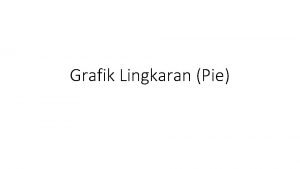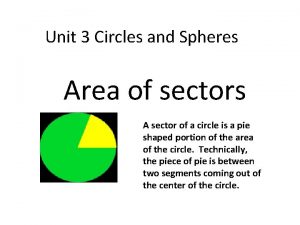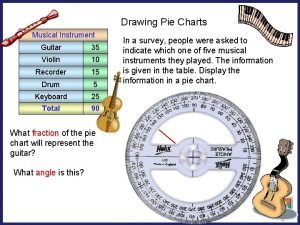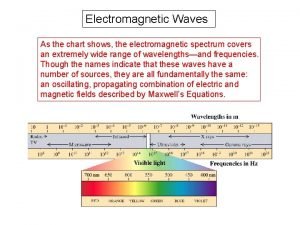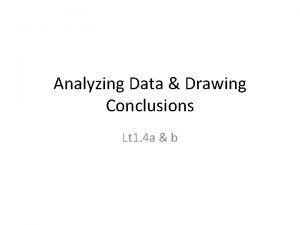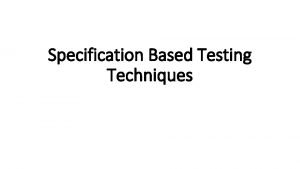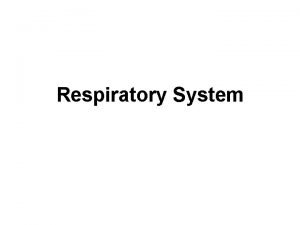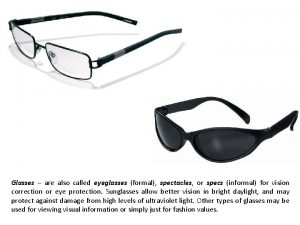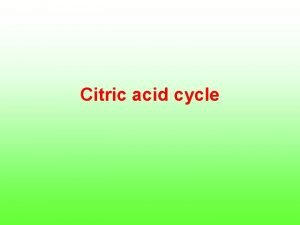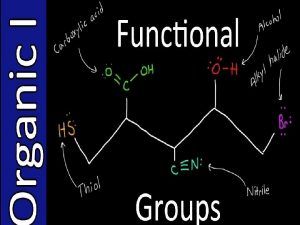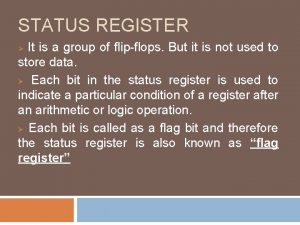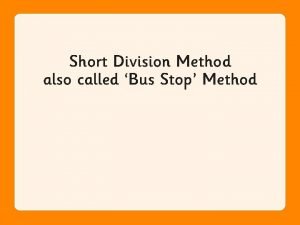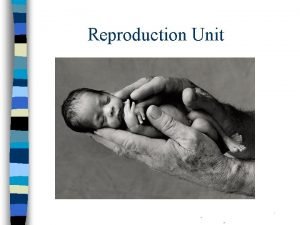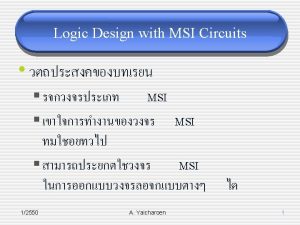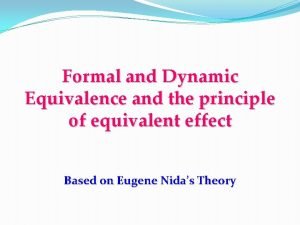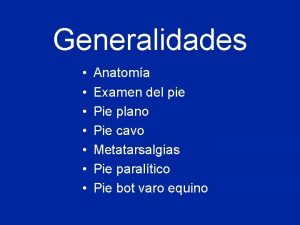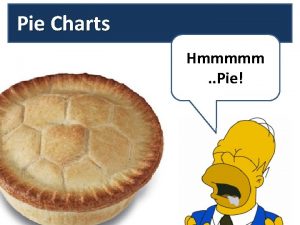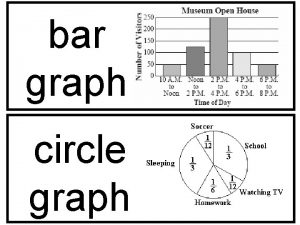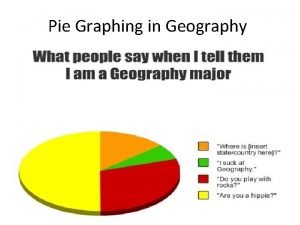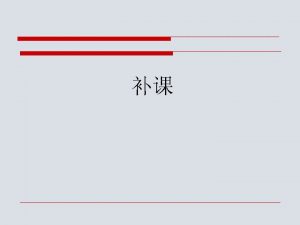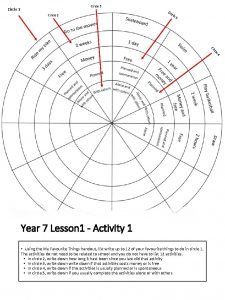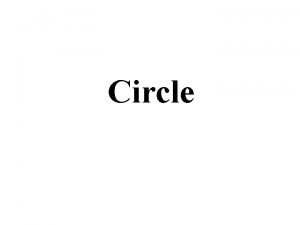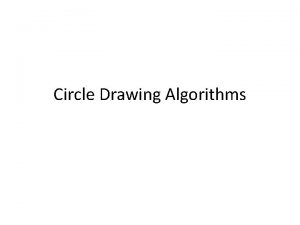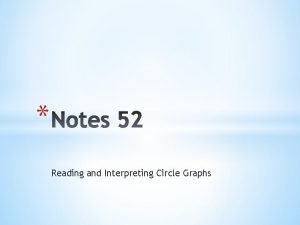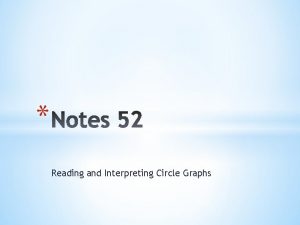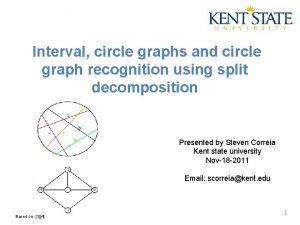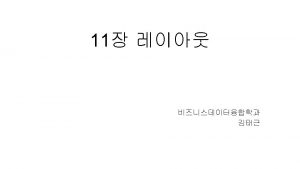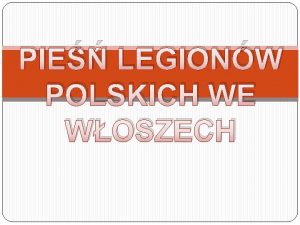Graphing Graphing a Circle graph also called pie





























- Slides: 29

Graphing

Graphing a. Circle graph (also called pie chart) Used to show parts of a fixed whole. Usually parts are labeled as percents with the circle representing 100%.

Graphing b. Bar graph- good for showing quantitative data or data that you can count at exact intervals

Graphing �Line graph- good for showing relationship between two variables Independent variable is plotted on the X axis Dependent variable is plotted on the Y axis Best fit line is drawn so that as many points fall above the line as below

Graphing �Directly related Positive slope As X increases, Y increases

Graphing �Inversely related Negative slope As X value increases, Y decreases

Reliable Measurements �Accuracy refers to the closeness of the measure value is to the accepted, or real, value. �Precision refers to how close a series of measurements are to one another.


is calculated by subtracting the from the value. � value

�Error is calculated by subtracting the experimental value from the accepted value.

�The value. is the ratio of an error to an accepted

�The percent error is the ratio of an error to an accepted value.

% error = error x 100 = accepted value – experimental value x 100 accepted value

Example �An experiment finds the density of lead to be 10. 95 g/cm 3. The literature value for the density of lead is 13. 34 g/cm 3.

An experiment finds the density of lead to be 10. 95 g/cm 3. The literature value for the density of lead is 13. 34 g/cm 3. The error: accepted value – experimental value= � 13. 34 – 10. 95 =

An experiment finds the density of lead to be 10. 95 g/cm 3. The literature value for the density of lead is 13. 34 g/cm 3. The error: accepted value – experimental value= � 13. 34 – 10. 95 = 2. 39

The error: accepted value – experimental value= � 13. 34 – 10. 95 = 2. 39 The % error: error x 100 = accepted value 2. 39 x 100 = 13. 34

The error: accepted value – experimental value= � 13. 34 – 10. 95 = 2. 39 The % error: error x 100 = accepted value 2. 39 x 100 = 17. 9% 13. 34

Practice �Sara’s lab shows the atomic mass of aluminum to be 28. 9. What is her percent error if the accepted value is 27. 0?

Practice �Sara’s lab shows the atomic mass of aluminum to be 28. 9. What is her percent error if the accepted value is 27. 0? � 28. 9 – 27. 0 =

Practice �Sara’s lab shows the atomic mass of aluminum to be 28. 9. What is her percent error if the accepted value is 27. 0? � 28. 9 – 27. 0 = 1. 90

Practice �Sara’s lab shows the atomic mass of aluminum to be 28. 9. What is her percent error if the accepted value is 27. 0? � 28. 9 – 27. 0 = 1. 90 � 1. 90/27. 0 x 100% =

Practice �Sara’s lab shows the atomic mass of aluminum to be 28. 9. What is her percent error if the accepted value is 27. 0? � 28. 9 – 27. 0 = 1. 90 � 1. 90/27. 0 x 100% = 7. 04%

Practice �What is the percent error in a measurement of the boiling point of bromine if the textbook value is 60. 8 °C and the lab value is 40. 6 °C?

Practice �What is the percent error in a measurement of the boiling point of bromine if the textbook value is 60. 8 °C and the lab value is 40. 6 °C? � 60. 8 °C – 40. 6 °C =

Practice �What is the percent error in a measurement of the boiling point of bromine if the textbook value is 60. 8 °C and the lab value is 40. 6 °C? � 60. 8 °C – 40. 6 °C = 20. 2 °C

Practice �What is the percent error in a measurement of the boiling point of bromine if the textbook value is 60. 8 °C and the lab value is 40. 6 °C? � 60. 8 °C – 40. 6 °C = 20. 2 °C � 20. 2 °C / 60. 8 °C x 100% =

Practice �What is the percent error in a measurement of the boiling point of bromine if the textbook value is 60. 8 °C and the lab value is 40. 6 °C? � 60. 8 °C – 40. 6 °C = 20. 2 °C � 20. 2 °C / 60. 8 °C x 100% = 33. 2%

Friday Night Birdville Dunbar
 Circle graph called
Circle graph called A tree is a connected graph without any circuits
A tree is a connected graph without any circuits Cara membuat diagram lingkaran di excel
Cara membuat diagram lingkaran di excel Unit circle pie chart
Unit circle pie chart A pie shaped portion of the circle
A pie shaped portion of the circle Musical instrument pie
Musical instrument pie Composition of soil pie chart
Composition of soil pie chart Electro magnetic chart
Electro magnetic chart What conclusion can you draw out from the pie graph
What conclusion can you draw out from the pie graph Radius and center
Radius and center Time and space complexity of uninformed search
Time and space complexity of uninformed search Citric acid cycle also called
Citric acid cycle also called Specification based testing techniques
Specification based testing techniques Parts of the pharynx
Parts of the pharynx A workbook is also called a
A workbook is also called a Spider phylum
Spider phylum Formal spectacles
Formal spectacles It is also called figurative language
It is also called figurative language Vowel phonemes that glide in the middle
Vowel phonemes that glide in the middle Krebs cycle definition
Krebs cycle definition Differentiate axial movements to locomotor movements.
Differentiate axial movements to locomotor movements. Alkanes are also called
Alkanes are also called Register is a group of
Register is a group of Bus method division
Bus method division Womb is also called
Womb is also called Advantages and disadvantages of raster scan display
Advantages and disadvantages of raster scan display Is also called as data selector.
Is also called as data selector. Womb is also called
Womb is also called Formal equivalence is also called
Formal equivalence is also called Womb is also called
Womb is also called


